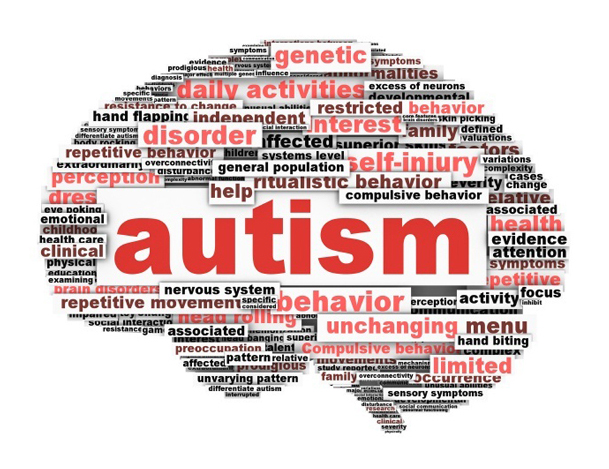Autism spectrum disorder (ASD) comprises a diverse constellation of behavioral symptoms with many contributing genetic and environmental factors. Biomarkers for diagnostic or risk assessment purposes have remained elusive. The neurochemical serotonin and the hormone oxytocin have been individually associated with different aspects of ASD.

Because these systems interact in the brain, co-first authors Elizabeth Hammock, Ph.D., instructor in Pediatrics, and Jeremy Veenstra-VanderWeele, M.D., assistant professor of Psychiatry, and collaborators examined the relationship between these systems in children with ASD and in a mouse model.
In the July Journal of the American Academy of Child & Adolescent Psychiatry, they report an inverse correlation between oxytocin and serotonin in the blood of children with ASD: low oxytocin levels predicted high serotonin levels. Additionally, mice lacking the oxytocin receptor showed an increase in blood serotonin levels. In both humans and mice, these relationships were strongest in younger individuals. The authors suggest that understanding the relationship between these biomarkers may reveal clues about the causes of ASD, predict its trajectory, or allow for more personalized interventions.
The research was supported by the National Institute of Mental Health (MH081066) and the National Institute of Child Health and Human Development (HD15052) of the National Institutes of Health, a Vanderbilt Luton Society Research Award, and a National Alliance for Research on Schizophrenia and Depression (NARSAD) Young Investigator Award.












